Did Islam Spread by the Sword?
The question of whether Islam spread by the sword has long been a divisive one, often used to fuel stereotypes and misconceptions about Islamic history. This narrative serves as a tool to demonise the religion by suggesting that its expansion was driven primarily by coercion and violence. However, historical evidence and Islamic teachings reveal a far more complex reality. While military conquests played a role in the expansion of Muslim political power, religious conversion and identity formation were largely shaped by social, economic, and cultural influences rather than force (Kennedy, 2007; Bulliet, 1979). Addressing this topic requires a deeper exploration of Islam’s philosophical foundations, historical examples, and the perspectives of Muslim leaders rather than relying on simplistic “spread-by-the-sword” arguments.
Misconceptions and Context
The idea that Islam spread by the sword gained traction during the Crusades and was later reinforced through European colonialism and Orientalist scholarship (Lapidus, 2014). This oversimplified narrative distorts Islamic governance and society by failing to distinguish between military conquests and voluntary religious conversions. While Muslim expansion involved military campaigns, these primarily reshaped territorial boundaries rather than enforcing mass conversions (Eaton, 1993).
Scholars such as Ira Lapidus and Marshall Hodgson argue that most conversions to Islam occurred gradually over centuries and were largely voluntary (Hodgson, 1974; Lapidus, 2014). Richard Bulliet’s study on Iran, for instance, demonstrates that nearly two hundred years after the Muslim conquests, only half the population had embraced Islam (Bulliet, 1979). Such a slow pace contradicts the notion of forced mass conversions under threat of violence. Similarly, in regions like Egypt and Persia, Islam remained a minority religion for generations following their conquest (Kennedy, 2007).
Additionally, Muslim rulers had little incentive to enforce conversions. Non-Muslims were classified as dhimmis—protected communities—who paid a tax known as jizya in exchange for security and exemption from military service (Lewis, 2002). This system allowed religious minorities to continue practicing their faith while providing economic benefits to the state. In fact, mass conversions would have resulted in a loss of jizya revenue, making forced Islamization economically impractical for Muslim monarchs (Kennedy, 2007).
Religious Freedom According to the Qur'an
A fundamental principle of Islam is religious freedom, as explicitly stated in the Qur’an:
"Let there be no compulsion in religion; truth stands out clearly from falsehood." (Qur'an 2:256)
This verse strongly prohibits forcing anyone to embrace Islam. The esteemed classical Qur'anic commentator, Ibn Kathir, explains that Islamic teachings are based on reason and clarity, making coercion unnecessary (Ibn Kathir, 2003). The Qur’an promotes persuasion through wisdom and rational discourse rather than compulsion, emphasizing the importance of individual conviction in matters of faith.
This principle of non-coercion was not merely theoretical but was actively upheld by early Muslim leaders. A notable example is the treaty established by the second caliph, ʿUmar ibn al-Khaṭṭāb, following the Muslim conquest of Jerusalem. In this agreement, ʿUmar guaranteed the protection of Christian and Jewish places of worship and explicitly prohibited forced conversions (Kennedy, 2007). Such treaties were common in early Islamic conquests, demonstrating that Muslim rulers prioritized political stability and social harmony over religious uniformity (Eaton, 1993).
The Significance of Military Conquests
Military victories undoubtedly contributed to the expansion of Muslim political power. Within a century after the passing of the Prophet Muhammad ﷺ, the Islamic empire stretched from Spain in the west to India in the east (Kennedy, 2007). However, political expansion does not necessarily equate to religious conversion. Many Muslim rulers prioritised the consolidation of power rather than compelling non-Muslim populations to embrace Islam (Lewis, 2002).
A clear example of this is Persia, where it took over 300 years for Islam to become the dominant religion despite the region being under Muslim rule. Historian Hugh Kennedy and others argue that forced conversions would have been impractical, as Muslims were initially a minority in the newly conquered territories (Kennedy, 2007). Similarly, in Egypt, Islam did not become the majority religion until several centuries after the Muslim conquest, further indicating that conversion was a voluntary and gradual process rather than one driven by coercion (Lapidus, 2014).
The Attractions of Islam
Conversion to Islam was not driven by fear or coercion but rather by the social, economic, and cultural advantages associated with it. Many converts were drawn to social mobility, access to trade networks, and the legal protections offered under Islamic governance, which were often seen as more just than previous systems (Eaton, 1993).
The adoption of Arabic as the administrative language of the empire also played a role in conversions. Proficiency in Arabic allowed non-Muslims to secure positions within government structures and integrate into the socio-political framework (Lewis, 2002). Additionally, many individuals embraced Islam to benefit from tax exemptions and elevated social status. In non-Arab regions, conversions were often motivated by pragmatic reasons, such as gaining favor with local elites or improving economic opportunities (Lapidus, 2014).
Furthermore, in regions like Southeast Asia and Sub-Saharan Africa, Islam spread primarily through trade, cultural exchange, and peaceful contact, making the notion of conversion by the sword even less applicable (Eaton, 1993).
Coerced Conversions: Rare and Situational
While voluntary conversion was the norm throughout Islamic history, there were isolated instances of forced conversions. However, these were primarily political rather than religiously motivated. One notable example is the Ottoman Empire’s devshirme system, in which young boys were taken from their families, converted to Islam, and trained for military or administrative roles (Lapidus, 2014). While this system involved forced recruitment, it also provided social mobility, enabling thousands of these boys to rise to influential positions in the empire (Kennedy, 2007).
In South Asia, some rulers used forced conversions as a means to consolidate political power rather than as a tool for spreading Islam. However, British colonial historians, such as Henry Elliot, exaggerated such instances to portray Muslim rulers as oppressive tyrants and justify British rule over India (Eaton, 1993).
Modern historians like Richard Eaton and Yohanan Friedmann challenge this narrative, arguing that regions under direct Muslim rule, such as the Gangetic Plain, experienced lower conversion rates than areas like Bengal and Punjab, where Muslim governance was more indirect (Eaton, 1993). This suggests that forced conversions were neither widespread nor a systematic method of spreading Islam.
Coexistence Under Muslim Rule
Islamic history was largely characterized by coexistence and religious pluralism, with only rare instances of forced conversion. Christians, Jews, and Zoroastrians were allowed to practice their faiths freely under Muslim rule, provided they paid the jizya tax (Lewis, 2002). This system granted them protection and exemption from military service while allowing them to maintain their religious and cultural identities.
Many of these communities not only survived but flourished under Islamic governance. A prime example is al-Andalus (Islamic Spain), where Muslims, Christians, and Jews coexisted for centuries, contributing to a vibrant intellectual and cultural environment (Lewis, 2002). Under Islamic law, religious minorities had the right to worship, own property, and govern their own communities, with certain legal stipulations.
As Bernard Lewis observes, religious minorities under Muslim rule generally experienced greater protection and tolerance compared to their counterparts in Christian Europe (Lewis, 2002). This further challenges the narrative that Islam was spread primarily through coercion.
Authority, Decision-Making, and Belief
At its core, the question of whether Islam spread through violence revolves around the relationship between authority and faith. While political dominance can be established through military power, faith is a matter of personal conviction and cannot be forced upon individuals (Lapidus, 2014). This principle is clearly reflected in the Qur’an, which explicitly states that belief cannot be imposed. Aware of this, Muslim rulers maintained political control while allowing religious diversity to thrive (Eaton, 1993).
Although Muslim leaders could conquer territories through military campaigns, they recognized that compelling people to believe was neither practical nor aligned with Islamic teachings. Instead, Islam spread primarily through peaceful means such as trade, cultural exchange, and intellectual engagement. Many people were drawn to Islam’s emphasis on justice and equality, seeing it as a more just system compared to their previous social and political structures (Bulliet, 1979).
This perspective challenges the oversimplified notion that Islam expanded solely through conquest. While military victories extended Muslim political control, conversion was largely driven by social, economic, and cultural factors. The Qur'anic principle of non-coercion, along with historical examples of coexistence under Muslim rule, contradicts the claim that Islam was universally spread by force. Although some instances of forced conversions occurred, they were rare, politically motivated, and do not define the broader historical pattern of Islamic expansion.
In regions like Southeast Asia and West Africa, Islam spread without military intervention, further demonstrating that its message was embraced voluntarily rather than through coercion (Eaton, 1993). Understanding the complex interplay of power, politics, and religion provides a more nuanced and accurate view of how Islam spread throughout history.
About the author:
THANSEEH PK Student at Sabeelul Hidaya islamic college Parappur currently studying at senior secondary final year
References
- Bulliet, R. W. (1979). Conversion to Islam in the Medieval Period: An Essay in Quantitative History. Harvard University Press.
- Eaton, R. M. (1993). The Rise of Islam and the Bengal Frontier, 1204–1760. University of California Press.
- Hodgson, M. G. S. (1974). The Venture of Islam: Conscience and History in a World Civilization (Vol. 1). University of Chicago Press.
- Ibn Kathir, I. (2003). Tafsir Ibn Kathir (abridged). Darussalam Publishers.
- Kennedy, H. (2007). The Great Arab Conquests: How the Spread of Islam Changed the World We Live In. Da Capo Press.
- Lapidus, I. M. (2014). A History of Islamic Societies. Cambridge University Press.
- Lewis, B. (2002). The Jews of Islam. Princeton University Press.
Disclaimer
The views expressed in this article are the author’s own and do not necessarily mirror Islamonweb’s editorial stance.

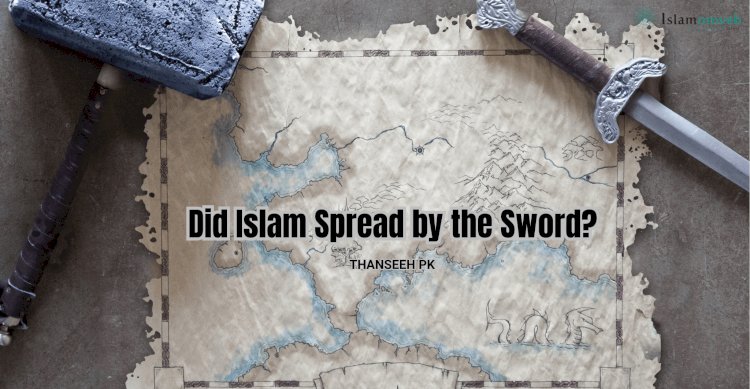




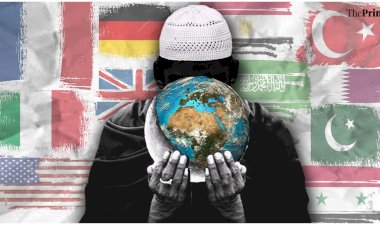
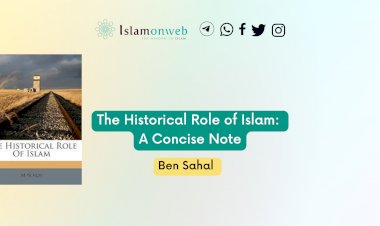
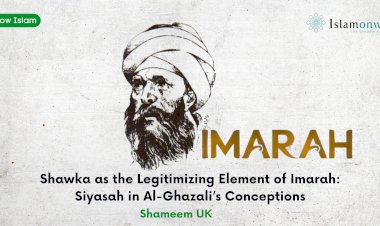

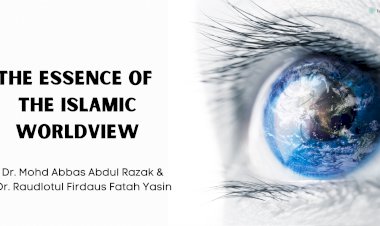












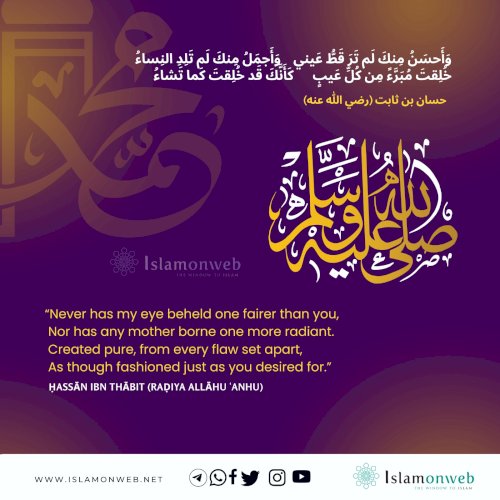

Leave A Comment